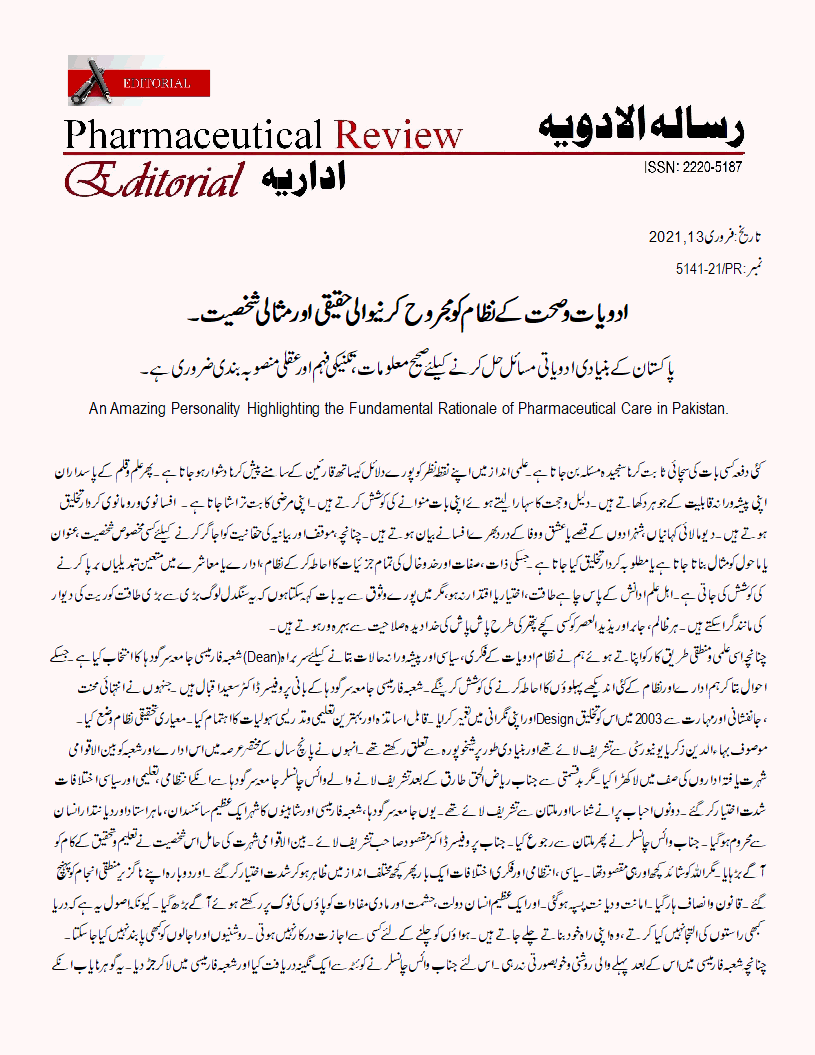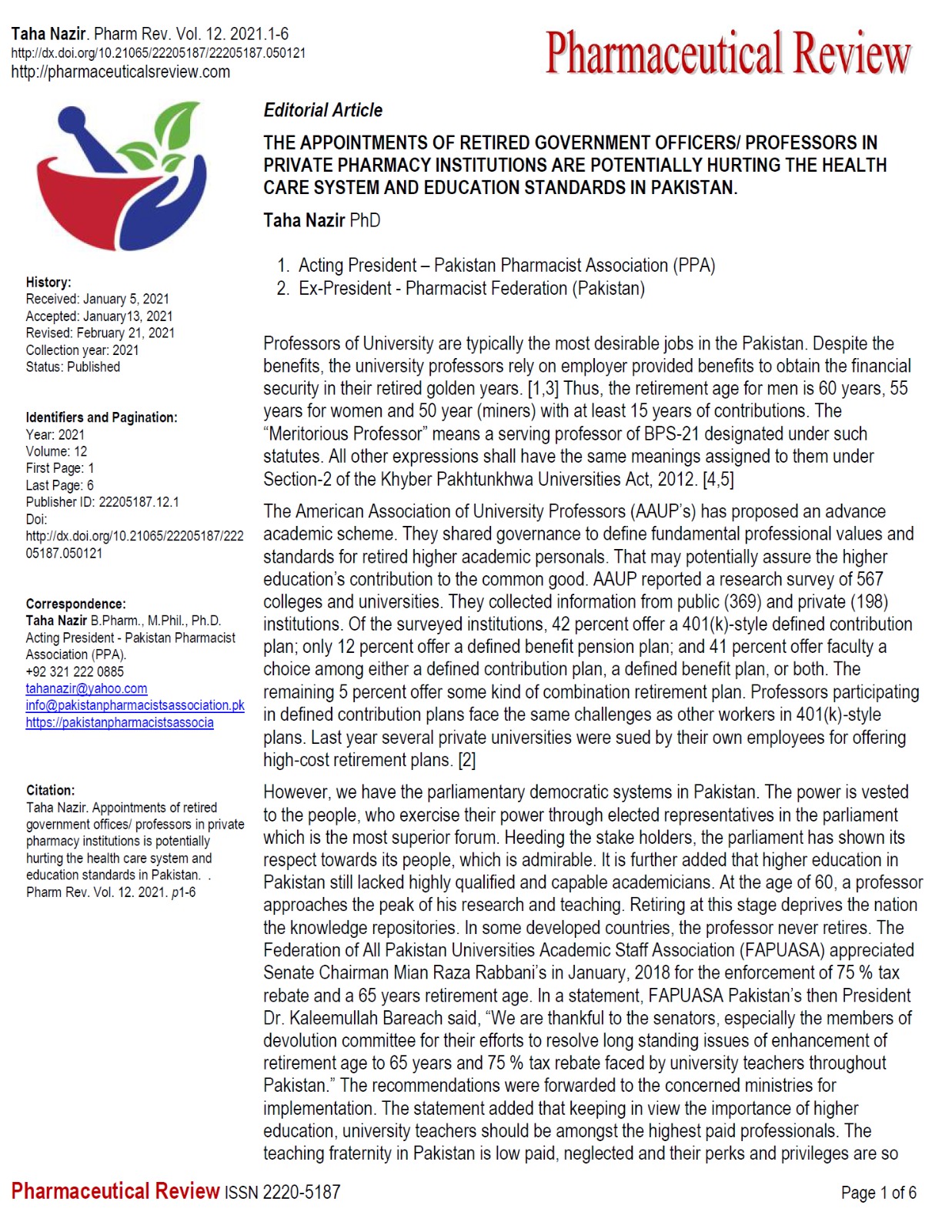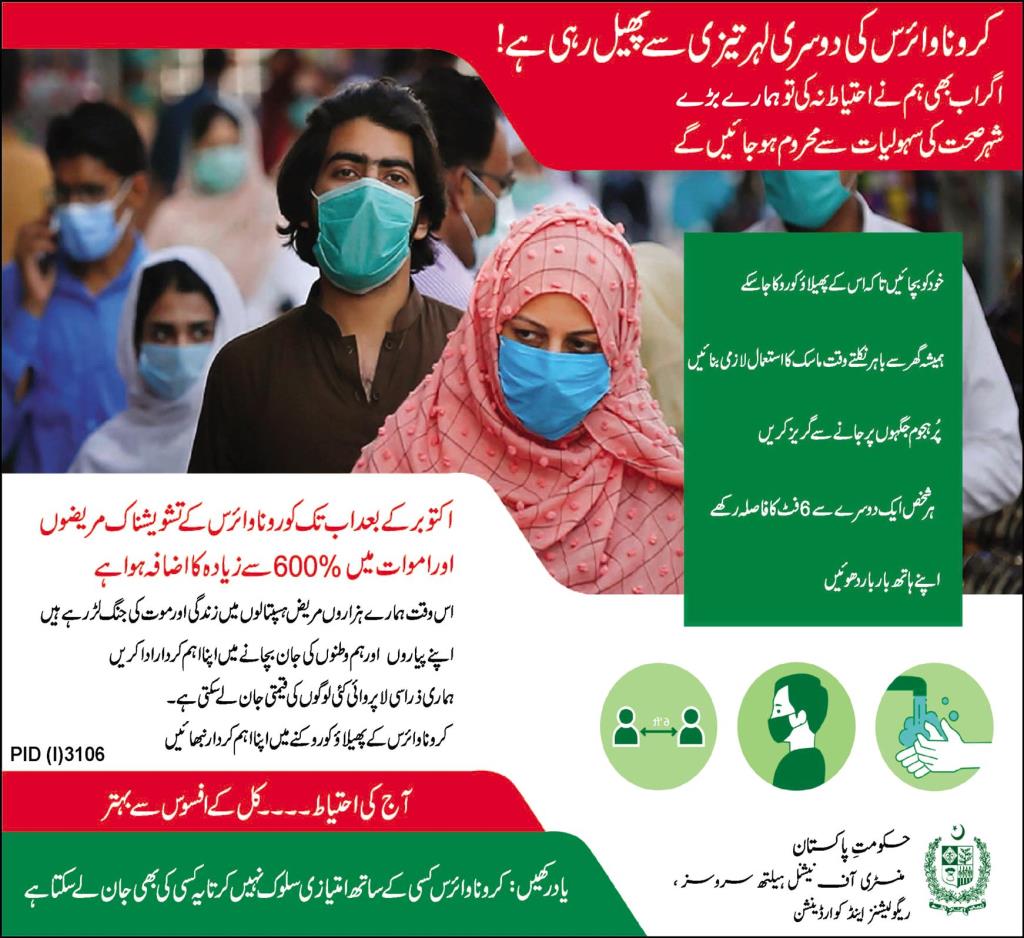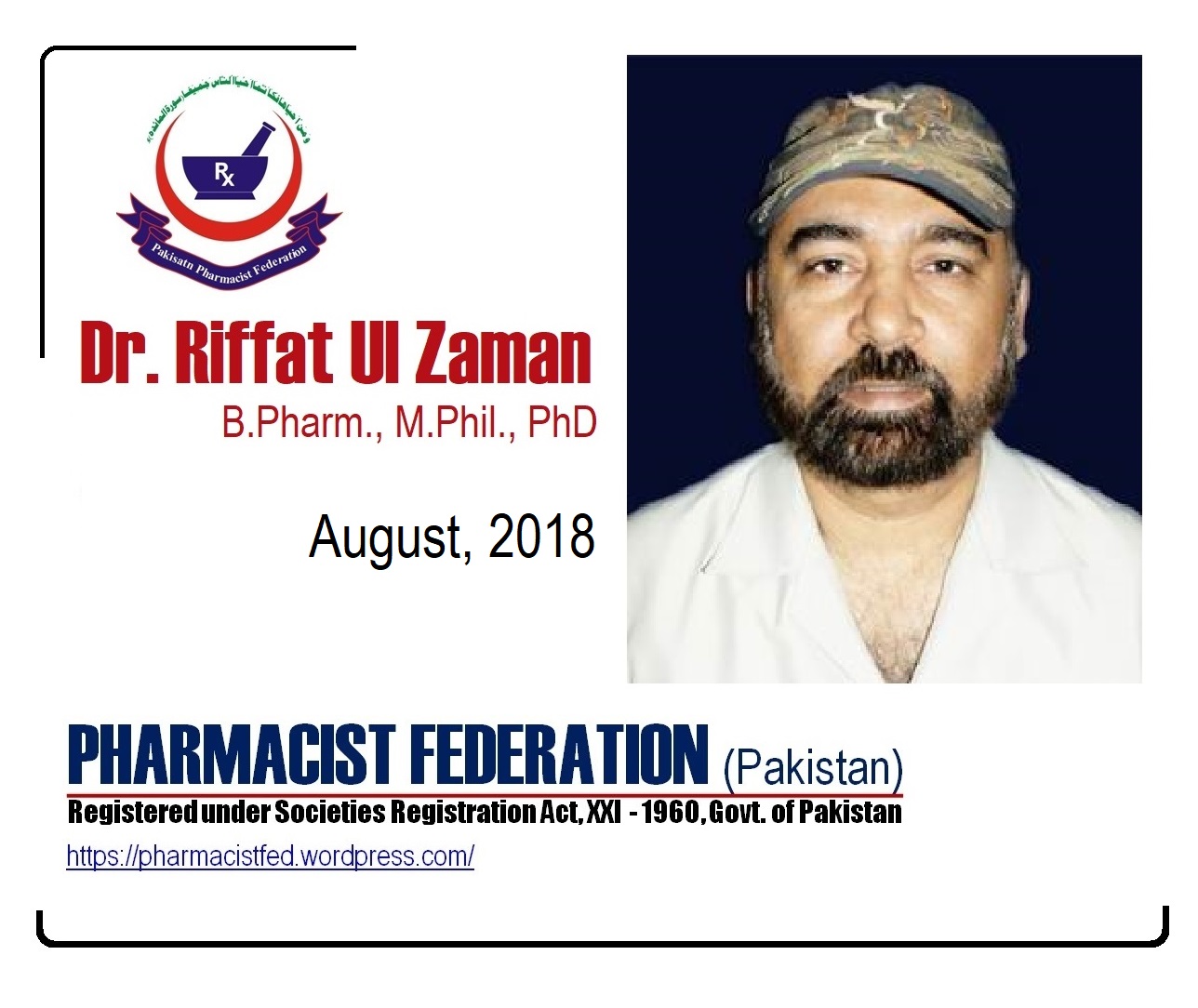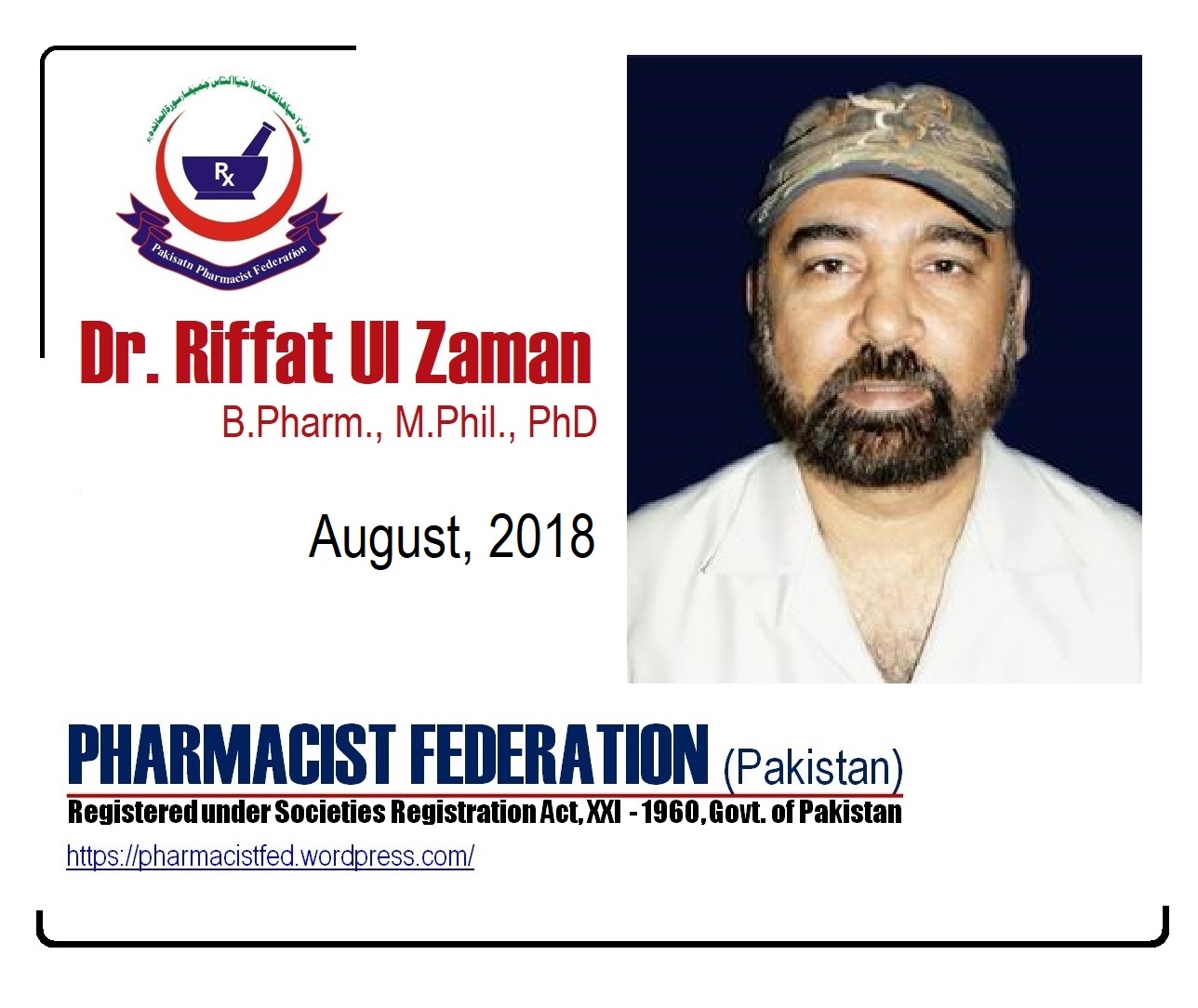Pharmaceutical Review (Staff Reporter) A meeting of executive council of Grand Pharmacist Alliance (GPA) held on February 15, 2021 in Sargodha Pakistan. The headship of GPA has established the Executive Body of Pakistan Pharmacist Association (PPA). The most respected senior pharmacist Br. Tahir Farooq Akber has hosted the Oath Taking Ceremony. Being part of the executive body of Pakistan Pharmacist Association, the new president has vowed on behalf of the proposed body to serve humanity and to support the profession’s ideals and commitments. In taking this solemn oath / making this promise, they honor those who have supported their development as a pharmacist and commit themselves never to act in a manner that is contrary to these vows. The main responsibility of this executive body is to hold a free, fair and independent election to introduce a real representation of pharmacist community in Pakistan.
Continue Reading →February 15, 2021
by PharmaReviews
2 Comments


